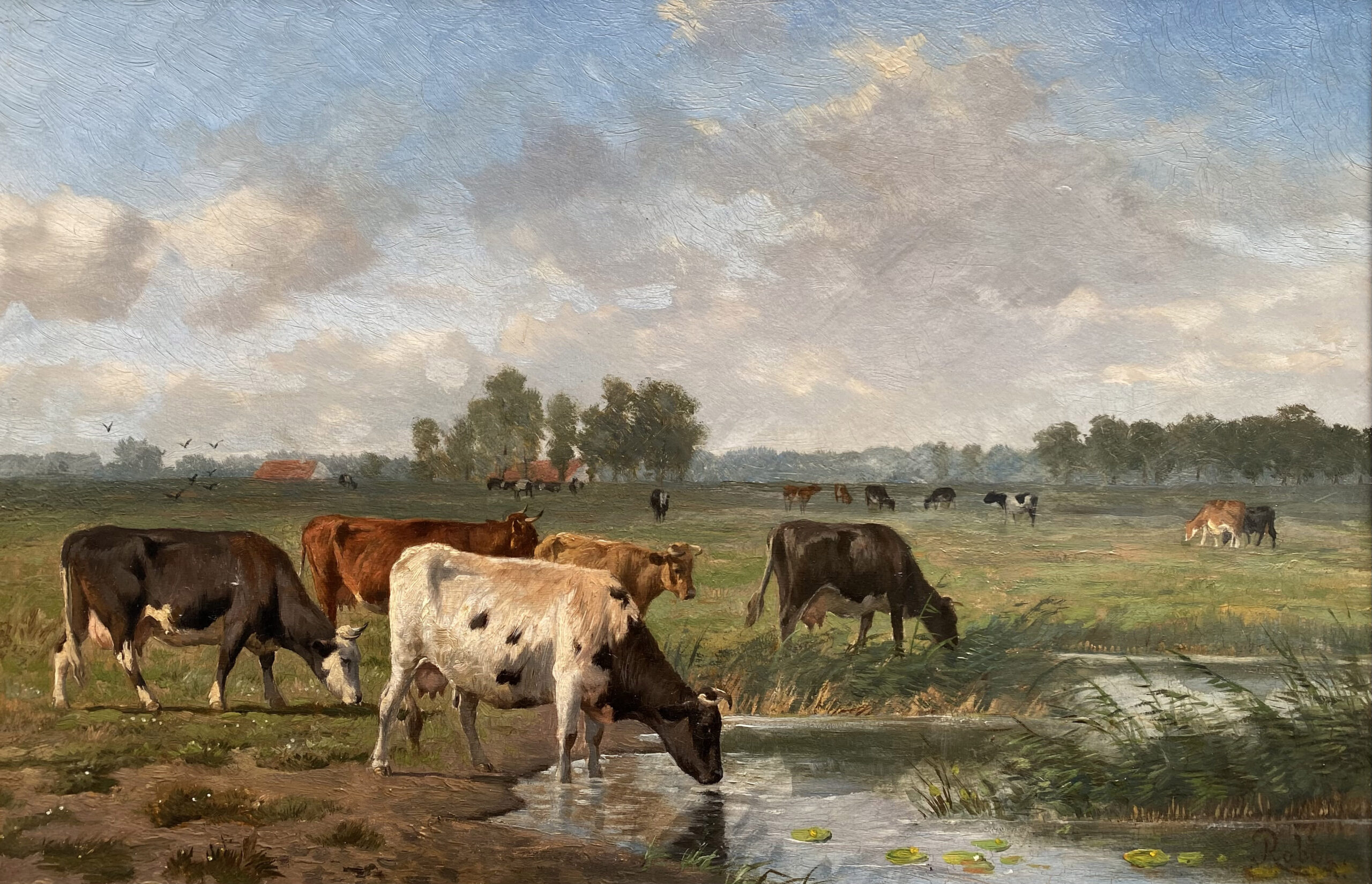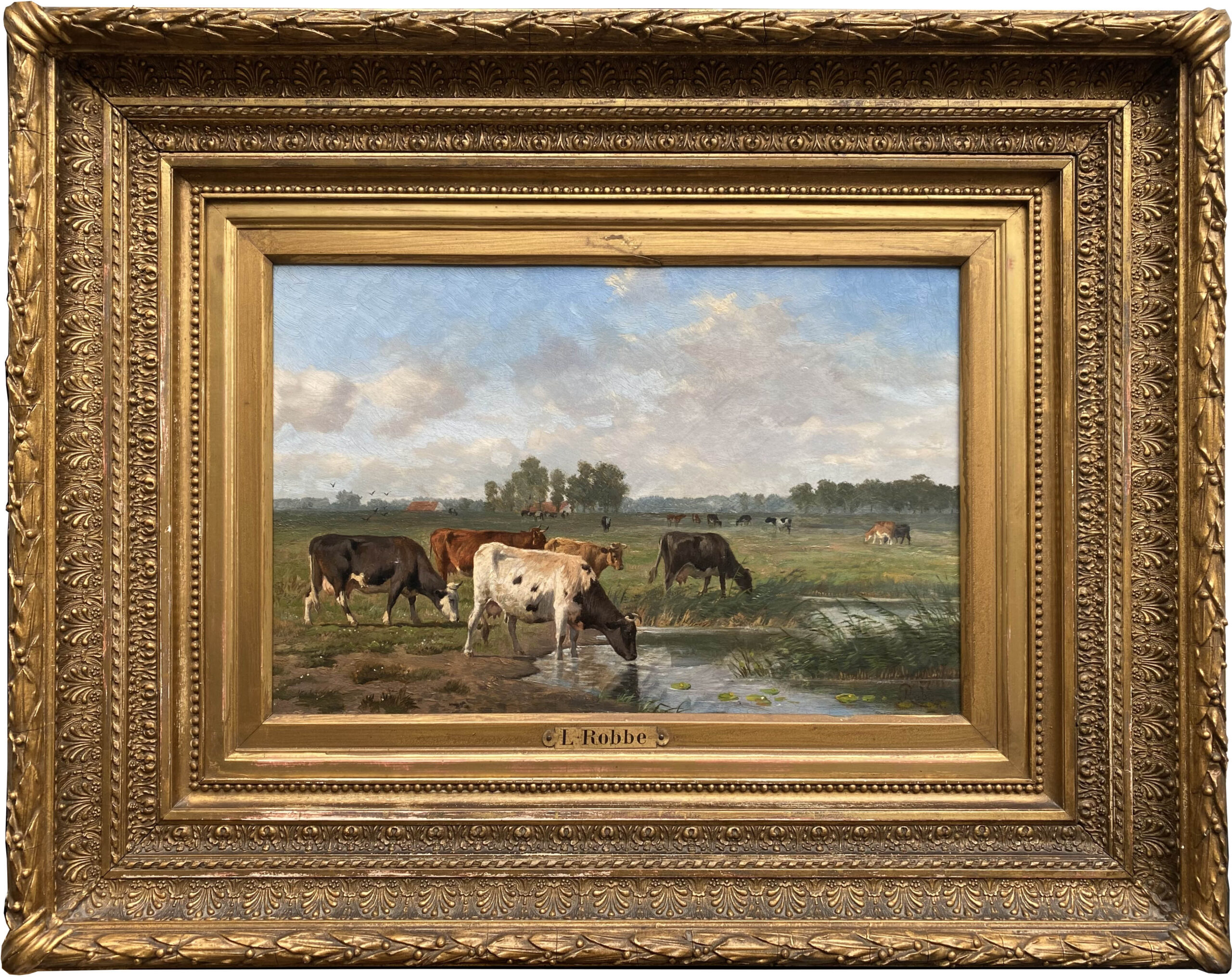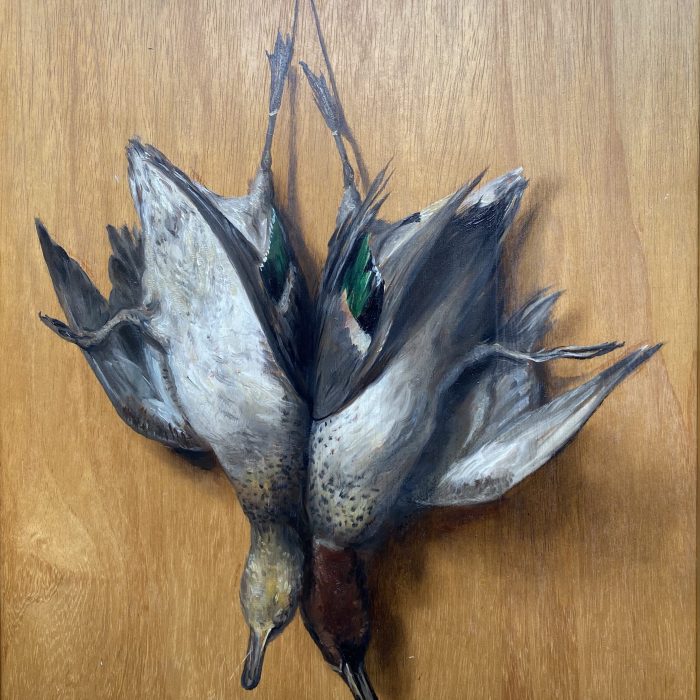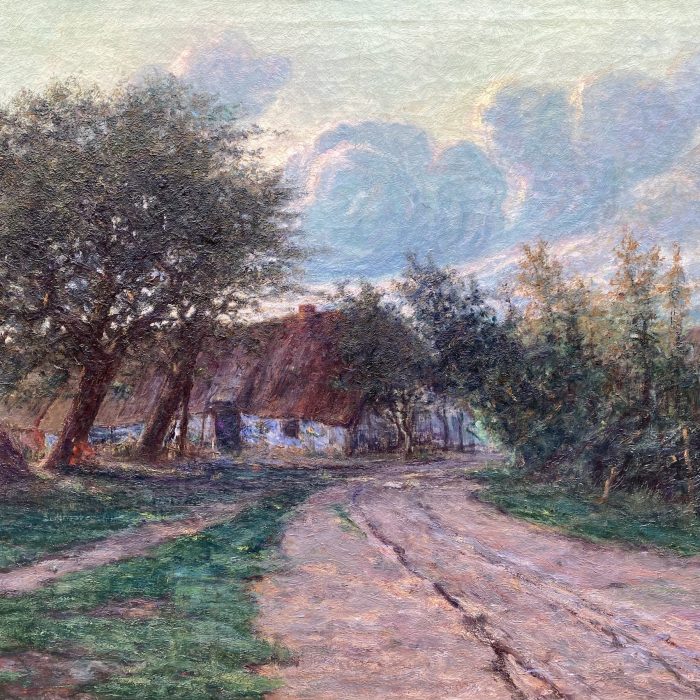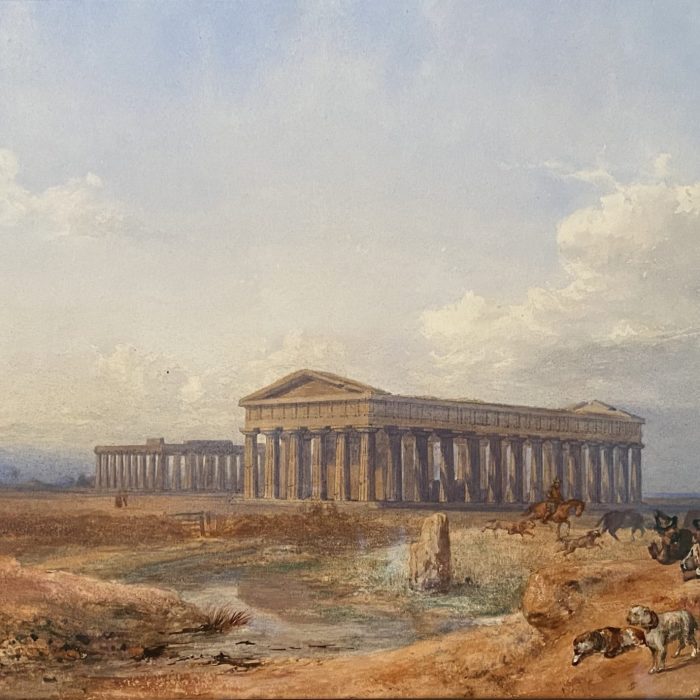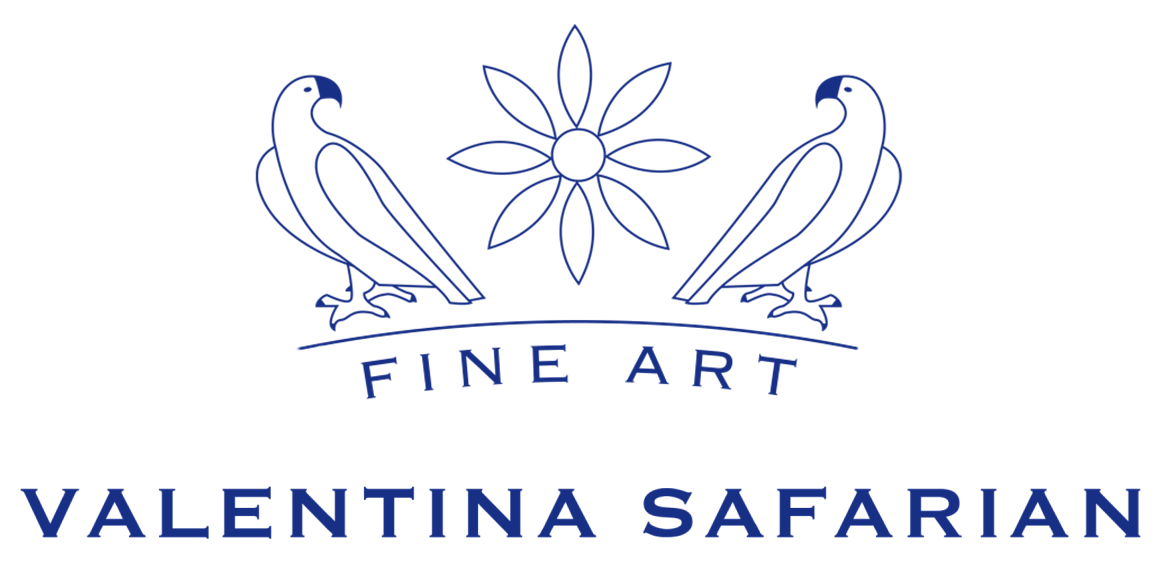Courtrai 1806 – 1887 Brussels
Belgian Painter
Cows in Pond
Louis Marie Dominique Romain Robbe was a Belgian animal painter, watercolorist, engraver and key figure in 19th-century realist art. Louis Robbe was born on 17 November 1806 in Kortrijk, in the Belgian province of West Flanders. Initially trained in law, he studied at the University of Ghent, obtaining his doctorate in 1830 and briefly practicing as a lawyer. However, his artistic vocation ultimately took precedence, and by the early 1830s, Robbe had turned fully to painting.
He received his first artistic training at the Academy of Kortrijk, and later studied under Jean-Baptiste De Jonghe and the renowned animal painter Eugène Verboeckhoven. He was also influenced by his older brother, Philippe-Jacques Robbe, a marine painter. These formative influences fostered his life-long dedication to animal subjects, especially cattle, sheep, and goats, which he rendered with striking anatomical accuracy and sensitivity.
In 1840, Robbe moved to Brussels, where he took a position at the Ministry of Finance, but he remained primarily devoted to his artistic career. By 1849, he had settled permanently in Brussels. His paintings are firmly rooted in the realist tradition, characterized by precise naturalism and an unembellished view of rural life. His animals are never decorative props but the central subjects of his compositions—calm, robust, and convincingly alive. The human figures who occasionally appear—typically herders or shepherdesses—occupy a secondary role and serve to accentuate the serene pastoral settings rather than dominate them.
Robbe’s works were widely exhibited and admired. He won numerous gold medals in Brussels, Paris, and London, and his paintings were acquired by collectors throughout France, England, and beyond. His reputation as one of Belgium’s foremost animal painters was well established by the mid-19th century, and he had a lasting impact on the next generation of Belgian painters working in this genre.
His work demonstrates a blend of realist precision with a subtle touch of romantic sensibility, especially in his treatment of the Belgian landscape—not as a mere backdrop, but as an integrated, harmonious space in which his animals live and move. As the press once noted, “The landscape was for Louis Robbe not a decor, but a space in which his figures moved.”
Louis Robbe’s influence extended beyond his studio. He was a member of the Royal Academy of Belgium, and his artistic legacy is honored in his hometown of Kortrijk, where the Louis Robbeplein and a bronze bust commemorate his contributions. Today, his works are held in major public collections, including the Royal Museums of Fine Arts of Belgium in Brussels, as well as museums in Antwerp, Ghent, Bruges, Kortrijk, Liège, Tournai, and other European institutions.
He died in Brussels in 1887, leaving behind a body of work that helped define Belgian animal painting in the 19th century—rich in observation, craftsmanship, and a deep affection for rural life.

